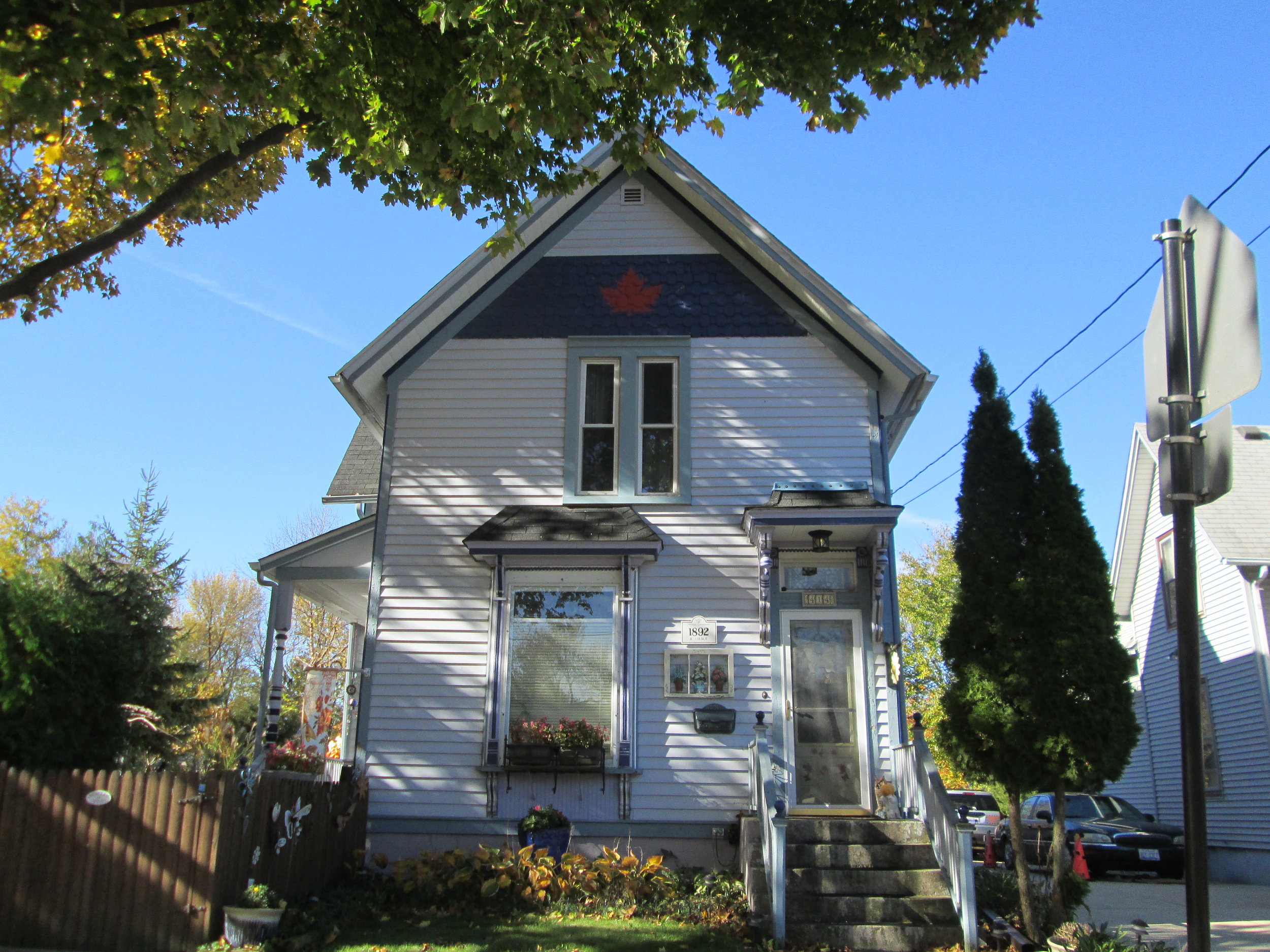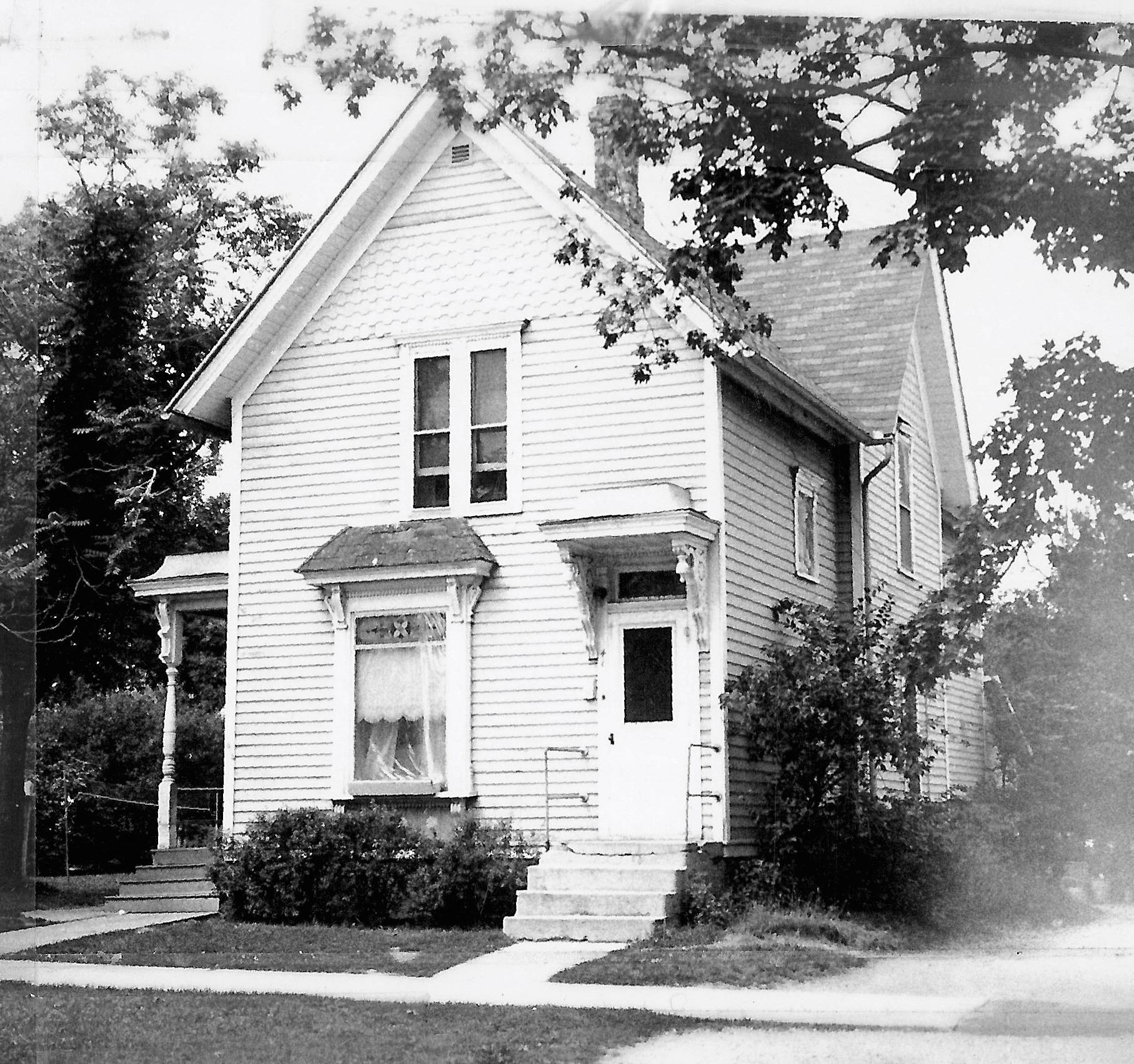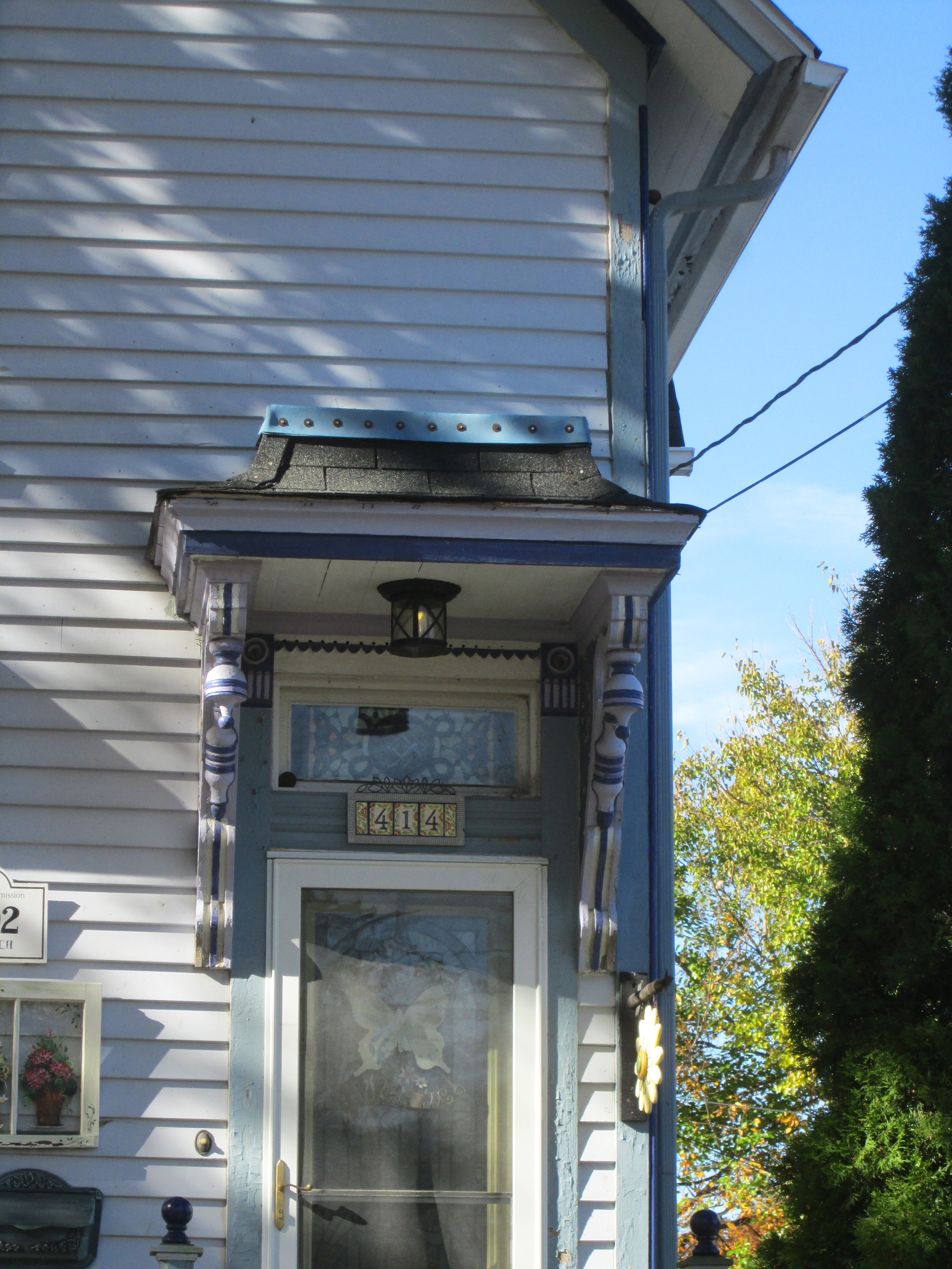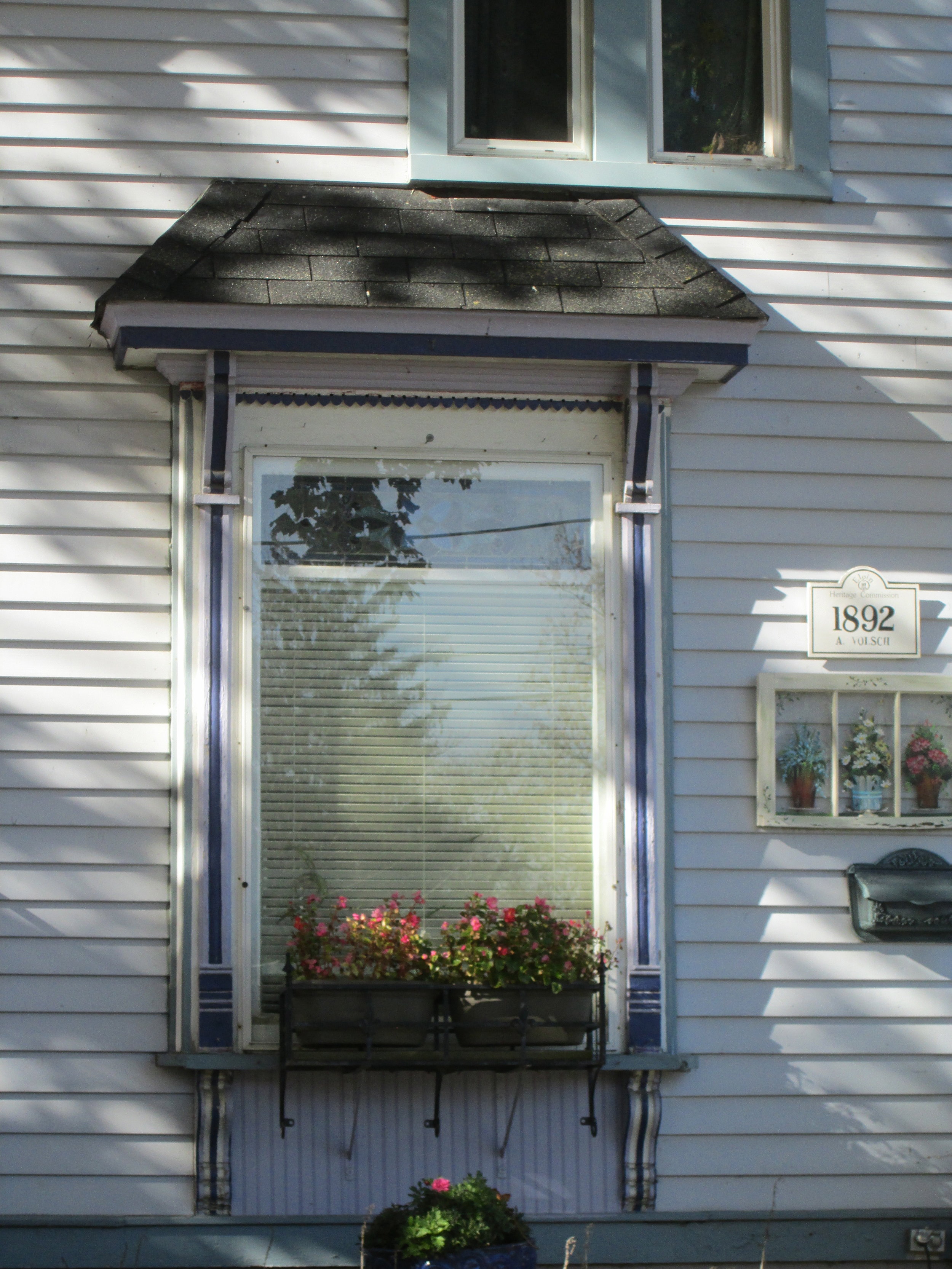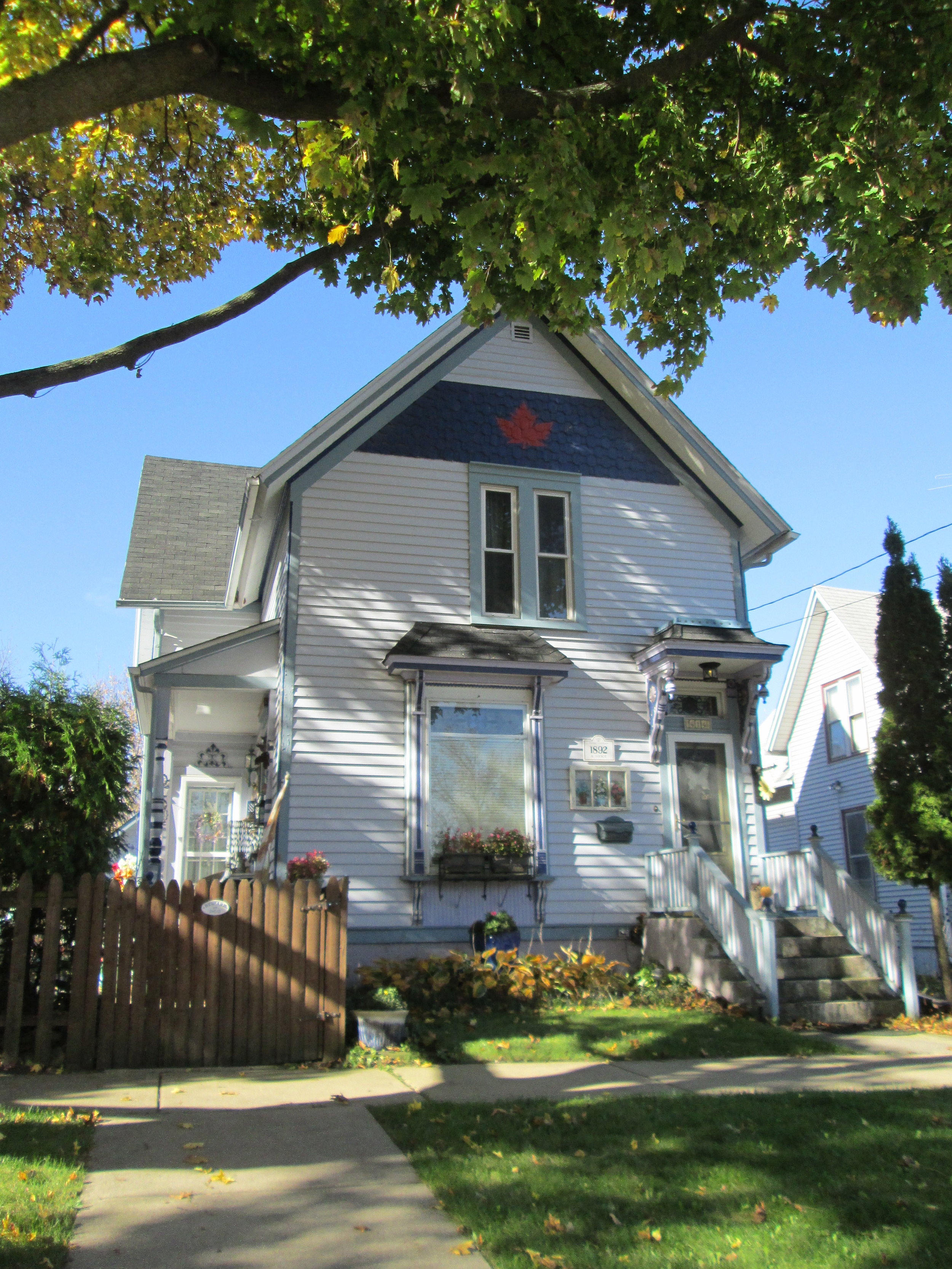414 HILL AVENUE
HISTORIC SIGNIFICANCE
Albert F. Volsch was born during the middle of the Civil War in 1862. His parents were immigrants from Europe, John William and Rieke Volsch. John was born in Prussia in 1819. Both Albert’s parents passed away in Elgin. Eventually, both Albert and his brother, Julius, went into the meat market business. Prior to joining his brother, Albert ran a pool hall in the same building.
In the last few years of the 1880s, Albert and his brother officially went into business together and their firm was known as “Volsch Bros.” The building located at 111 Douglas Avenue is to this day referred to as the Volsch Bros. building, and was noted as such in the City of Elgin’s nomination for the Downtown Elgin Commercial Historic District application for the National Register of Historic Places.
Those familiar with those buildings along Douglas across the street from City Hall may also know that at 109 Douglas there is a painted sign on the brick still visible today, advertising for the Volsch Bros. meat market.
Albert was married to Anna, and they built their home together at 414 Hill Avenue in 1891 and 1892, a sign of the expansion of Elgin’s residential sections. Anna’s parents emigrated from Germany and both passed in Elgin, similar to Albert’s parents.
The Volsch Bros. meat market continued in Elgin at the same location, 109-111 Douglas, for more than half a century. Julius’ son, Louis, continued the business in partnership with Charles Fillmore. The name had changed to The Douglas Meat Market and remained in operation for a number of more years.
Albert Volsch died October 8, 1934 and was survived by his wife until her passing in 1951.
ARCHITECTURAL SIGNIFICANCE
414 Hill Avenue is a two story, wood framed structure built in the Italianate style. This home is typical of the working and middle class residences of the late 19th century. The facade is dressed up with the use of clapboards and shingles. The door and window trim add a touch of individuality and craftsmanship. The main decorative feature is the dramatic front entry portico, with its Italianate styling.
TIMELINE OF PREVIOUS OWNERS
Sources: 1992 Heritage Plaque Application; Audio: TextAloud

